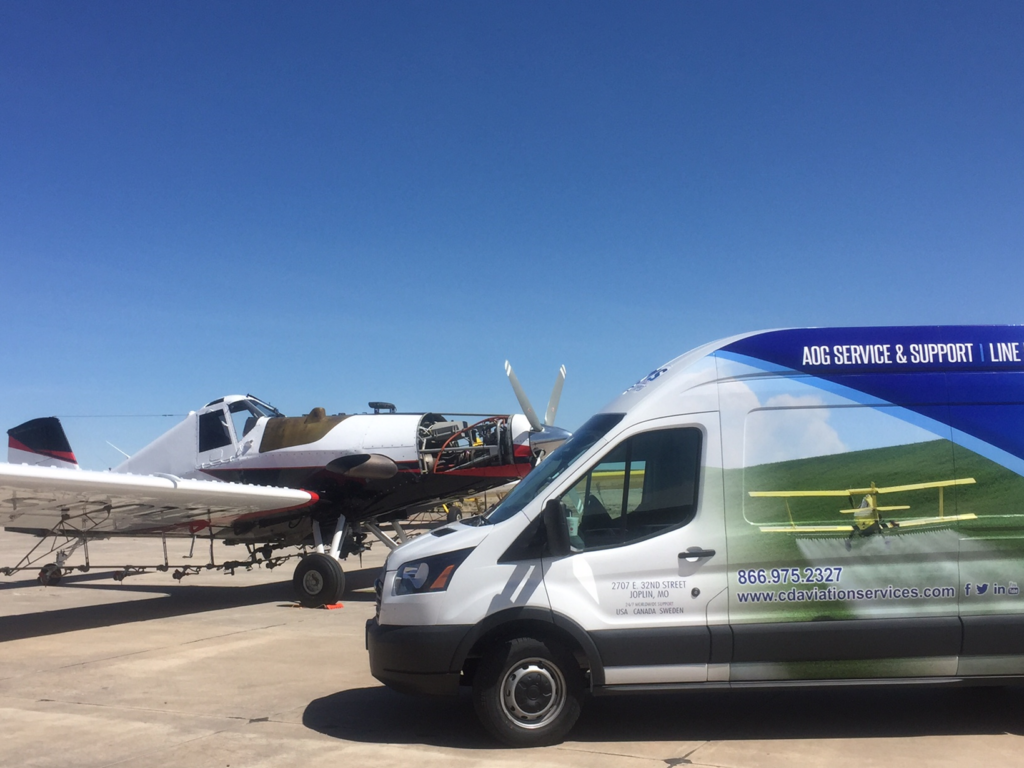Service Bulletin of the Quarter Cat 1 Plenum SB
Category 1: Service bulletins that address safety issues must be complied with. Typically, they require urgent action and are often, but not always, referred to by an FAA Airworthiness Directive. Category 1 may be issued as an ALERT service bulletin when immediate action is required. Refer to each individual Cate-gory 1 safety service bulletin for compliance requirements. There are multiple bulletins issued for specific engine configurations as follows:
S/B 72-2218 (for TPE331-10 & -12 ) Rev 1, 13 Jul, 2016 (Includes Merlin IIIB specific)
S/B 72-2228 (for TPE331-8) Rev 0,12 Jun, 2014
S/B 2230 (for TPE331-10N) Rev 0, 19 Jun, 2014
S/B 2235 (for Metro Fairchild TPE331-10U, -10UA, -11U, -12UA, -12UAR, -12UHR) Rev 1, 21 Jul, 2016
S/B 72-2244 (for TPE331-2, -3, -5 &-6) Rev 1, 20 Jun, 2016
S/B 72-2232 (for TPE331-1-101F) Rev 0, 29 JUL, 2014 (Peacemaker)
Note: Service Bulletins applicable to the DO 228 have not been completed as of this date.
Service Bulletin of the Quarter Cat 1 Plenum SB
Honeywell recommends that this service bulletin be accomplished at the next access to the affected area. Next access, in this case, is defined as the removal of the combustion chamber case assembly from the engine for any cause. Next access also is defined to include access at the next hot section inspection. Honeywell warning: FAILURE TO COMPLY WITH THIS SERVICE BULLE-TIN COULD RESULT IN CRACKING OF THE COMBUSTION CASE WELDS. UNDETECTED CRACKS CAN CONTINUE TO GROW UNTIL THE COMBUS-TION CASE RUPTURES, WHICH WILL CAUSE AN IMMEDIATE RELEASE OF COMPRESSOR DISCHARGE AIR AND ENGINE SHUTDOWN. THE RELEASE OF AIR DURING GROUND OPERATION MAY INJURE NEARBY PERSONNEL AND DAMAGE THE AIRCRAFT. IN-FLIGHT SHUTDOWNS THAT ARE NOT CORRECTLY HANDLED BY THE CREW CAN CAUSE INJURY OR DEATH TO PERSONNEL AND DAMAGE TO OR LOSS OF THE AIRCRAFT.
Meet: Danny Moore
Shop Supervisor & EMT Instructor

Danny began his career in aviation in 2000 and with CD Aviation in November of 2008 as a maintenance technician. In 2011 Danny was promoted to shop supervisor and has been the EMT Instructor since 2013. Danny continues to work in the shop and in the field as both a supervisor and technician on the TPE331, TFE731, and the 36 Series APU. By continuing his hands on role he brings a unique skill set of currency and know how to the EMT classroom. Danny’s leadership by example and constant pursuit of improved quality, service and support has a positive impact on the entire CD Aviation Ser-vices team. In his spare time Danny enjoys motorcycling, hunting, gardening and spending time with his wife and two sons in rural Stark City, MO.
Troubleshooting
Occasionally a customer will have an engine / air-frame related problem that they cannot seem to fix. CD Aviation is staffed with qualified mechanics and we would be glad to assist you in order to keep your down time to a minimum whether over the phone or on site. To effectively troubleshoot systems on the engine it is essential that the proper description of the problem be relayed to the appropriate maintenance technician. If the operator can properly describe the problems he is having it makes it easier to identify the root problem, saving time and money. To identify an issue the operator must first know what is normal for the engine that is being operated. There is a relationship between the engine and the gauges and indicators in the cockpit. Recognizing and understanding these relationships and how the systems work together will greatly help the operator to relay the proper information to the maintenance facility.
Here’s a Tip!
Two good reasons to turn the propeller after shut down are to cool the rotating group to reduce residual fuel in the fuel nozzles and tips from turning into carbon and to reduce the heat and the level of bow in the rotor that occurs after shut down.
Hand turning the propeller in the normal direction of rotation after shut down will help to lower the turbine hardware residual temperatures and the subsequent fuel nozzle temperature and the level of coking that occurs.
Services Offered for your TPE331
- Scheduled and Unscheduled Maintenance Engine Removal and Reinstallation
- LRU Trouble Shooting and Replacement Field Service
- Engine Evaluation Log Book Reviews
- Engine Overhaul CAM Inspections Hot Section Inspections
- Gearbox and Compressor Inspection Repair Vibration Analysis Prop Balance
- Borescope Inspections 24-Hour AOG and Technical Support


